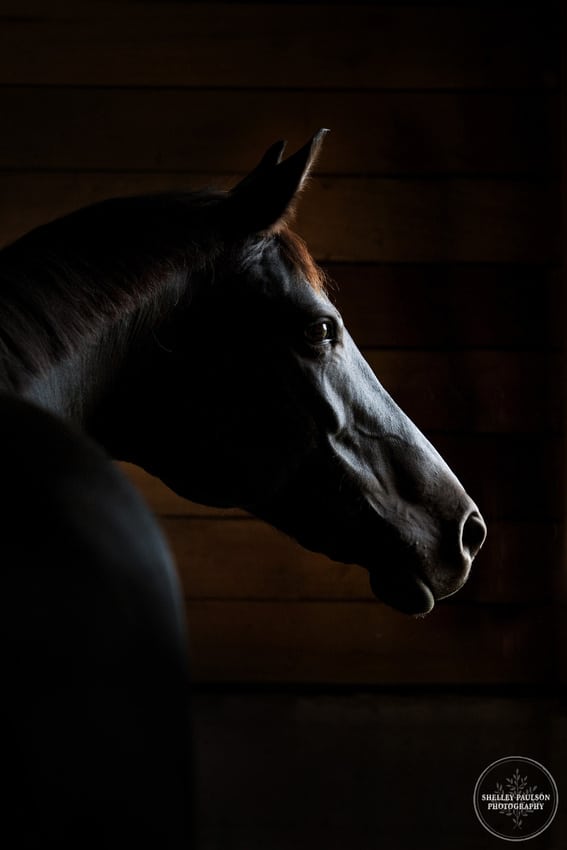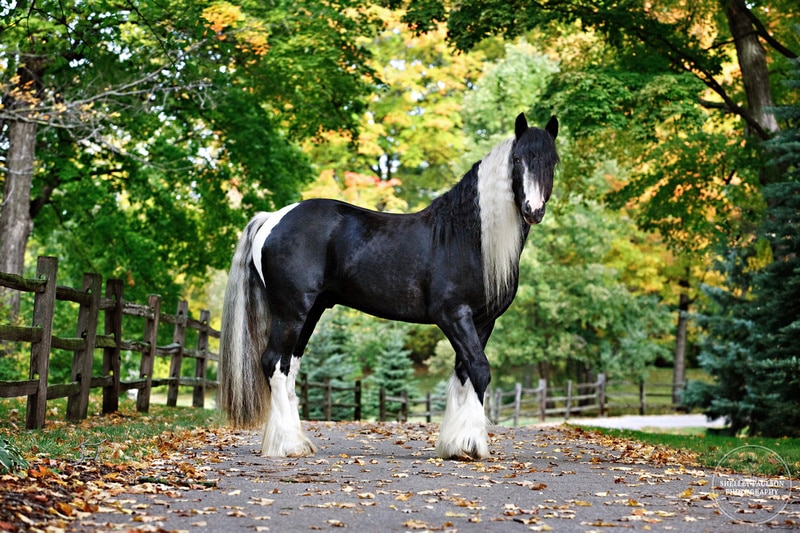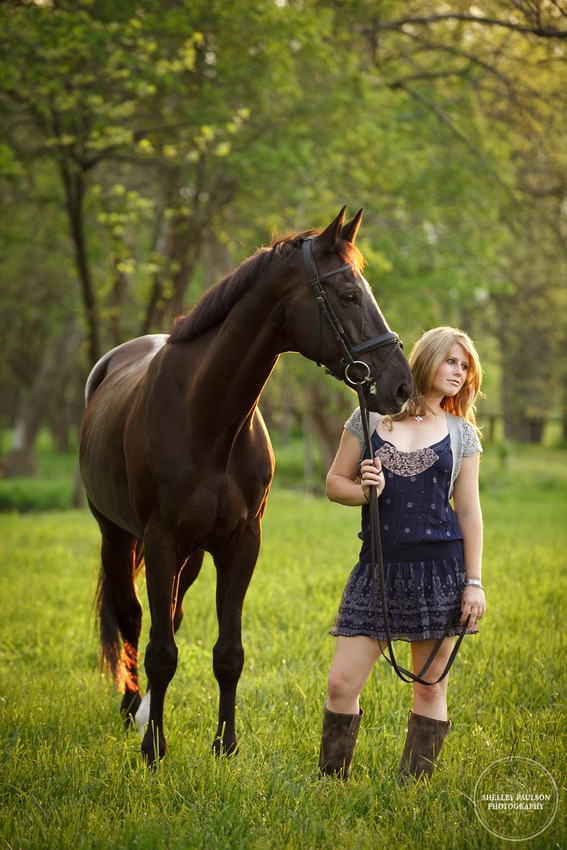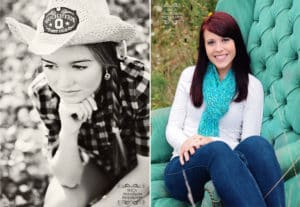Five Steps to Better Horse Photos – by Shelley Paulson
November 10th, 2011
Shelley Paulson is a talented Equestrian Photographer from Minnesota and is a part of our very own Pro Team. As a horse lover herself, it is no surprise that she focuses her lens on these beautiful creatures and their owners. One look at her images reveals a deep understanding of the bond between human and horse. Today Shelley shares some of her insight and tips on how to take better horse photos.

Horses are some of the most beautiful creatures on the face of the earth and it is natural for photographers who love beauty to want to photograph them. However, I have found that many who try, come away from the experience wondering why they weren’t able to capture that beauty in their photos. Here are some steps that will give anyone the right tools for creating better horse photos.
Step One: Know How to Handle Horses
My number one piece of advice for anyone who wants to photograph horses is to know how to work safely around horses. If you have no riding or horse handling experience, you may put yourself and anyone else involved in the session at risk.
Horses are prey animals, which means if they feel endangered in any way, they will do whatever they need to do to escape to safety. Sometimes, you have very little notice that this is about to happen, and you need to know how to diffuse the situation or get out of harm’s way.
What I recommend is that if you are serious about learning to photograph horses, that your start by taking riding lessons at a local barn. The other great benefit of this is that you will get to know people who own horses, and who would likely want to have some nice photos of their horses.
Step Two: Use the Right Focal Length
This is the most common mistake I see photographers make when creating photographs of horses. Almost everything about a horse’s body is long and narrow, and short to medium focal lengths have a tendency to make them look out of proportion.
I recommend using a focal length no less than 100mm, but 200mm or longer is ideal, especially when creating photos of horses for the purpose of selling the horse or promoting stallion services, as you want to show that the horse is well-built and proportional. I do most of my horse photography with a 70-200 lens, mostly zoomed between 135 and 200.

Step Three: Get the Horse’s Ears Forward
Horses whose ears are in a non-forward, relaxed position will look bored in photographs. Horses whose ears are back can look angry or upset. Horses look their very best when their ears are forward.
Of course, for any rule like this, there are exceptions. When a horse is being ridden, it is desirable that the horse’s ears would be in a back position because they are listening to their rider. I also find that in some instances, when a horse is interacting closely with a human, relaxed ears will give a greater feeling of quiet connection and intimacy.
There are many methods for getting ears up, but my favorite is to use a recording of horses whinnying. It creates a curious look in the horse’s expression, and is interesting enough to keep their attention for quite some time.
I downloaded whinnies from this page and put them on a tape cassette, which I play on a hand-held recorder. I know the 1980s called and wants its technology back, but let me tell you, just about anyone can hit play and stop! I write-protected the tape, so it can’t get recorded over and I can get the volume up high enough to get the attention of horses a distance away. This dummy-proof method has worked for me for years, but the rewind button recently broke on my recorder, so I may look to get a digital one (if the volume can be set high enough).
I also have an app on my iPhone called Horse Shaker Deluxe. It works in a pinch too, but I find that if the person helping with the session isn’t iPhone savvy, they do struggle with the technology.
I ask whoever is there to help with the session to only play the sounds when I ask for them, and stop once the horse puts its ears forward. The reason for this is that horses adapt very quickly to new experiences, and if the sounds are played too much, they stop responding to them.
Another method that works once the sounds have become boring, or to get horses moving across a pasture, is to put a plastic store bag at the end of a buggy whip and shake it. I find quick shakes are more effective than constant shaking.

Step Four: Lay Down Some Ground Rules
When photographing a portrait of a horse, or a horse with a person, I have two rules: No Eating and No Circling. Once you let a horse eat, you will lose their attention. My goal is to either have the horse engaged with my camera, or with the person with whom I am photographing them. If they are constantly trying to eat, neither of these goals can be easily met.
Horses get bored easily with standing in one spot, so what most of them will eventually do is try and circle in front of their handler. This becomes a game; you set them up nice, and they circle around the handler. Fun for them, not for you. If the horse starts to circle, I ask that the handler back them up into the position they walked out of. Horses don’t like backing up, so this will usually make them stop playing the circling game.
Step Five: Be Very Patient and Flexible
Horses are unpredictable animals, and each one is unique, with its own personality, beauty and challenges. If you go into a session with a lot of set expectations and specific ideas, you will likely get frustrated. If you think you’re going to get your perfect shot in just a few frames or just a few minutes, you will get frustrated.
Horses are very emotionally sensitive animals and when you get frustrated, they can feel that, and the session can spiral down quickly. So it’s best to start up with an open mind, and a heart filled with patience and understanding. I can promise you that your patience will be rewarded!
If you are photographing a person with a horse, it is good to keep an eye on their behavior as well. I’ve had horse owners get upset with their horses for not acting right, which made the horse upset, which made the owner more upset, and so on. I share in my “How to Prepare” PDF I send my equine clients: “Stay relaxed! If you get nervous, your horse will act up. Remember, this is fun!”
As challenging as horses can be to photograph, they are also one of the most elegant, majestic and visually stunning creatures you can have in front of your camera. When all the pieces comes together, the photographs one can create with horses can have great depth, feeling and beauty. Just like I tell my clients, remember, when it’s your turn to photograph horses, have fun and enjoy the process!


